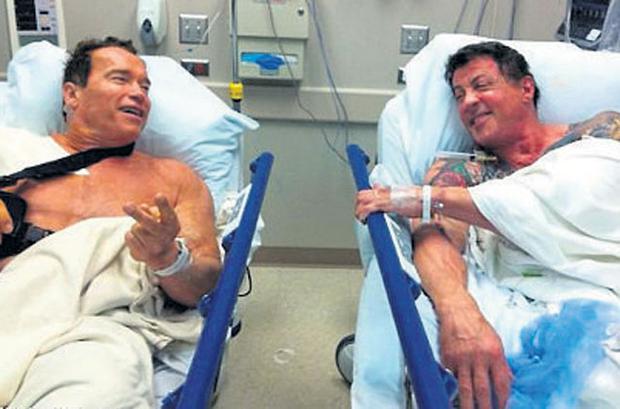|
Inflammation is a crucial and complex process that plays a key role in injury response and tissue repair. For athletes, understanding how inflammation works and how to manage it is essential for promoting swift healing, avoiding exacerbated inflammation, and maintaining overall joint health. This article will explain inflammation as a process, and how stunt athletes should manage inflammation when injured to ensure swift and proper healing while promoting correct joint care. Inflammation is a crucial and complex process that plays a key role in injury response and tissue repair. For athletes, understanding how inflammation works and how to manage it is essential for promoting swift healing, avoiding exacerbated inflammation, and maintaining overall joint health. This article will explain inflammation, the role of phagocytes in this process, and how athletes should manage inflammation when injured to ensure proper healing and joint care.
Understanding Inflammation Inflammation is the body's natural response to injury or infection, which aims to protect and heal the affected tissues. It involves a complex series of events that can be classified into two categories: acute and chronic inflammation. Acute inflammation occurs immediately after an injury and typically lasts for a few days, while chronic inflammation can persist for months or even years if left unaddressed. The inflammatory process involves the activation of various immune cells, including phagocytes, which help eliminate harmful substances, debris, and pathogens from the injured area. Inflammation is characterized by four main symptoms: redness, heat, swelling, and pain. Although it may cause discomfort, inflammation is a crucial aspect of the body's natural healing process. The Role of Phagocytes Phagocytes are a type of white blood cell that play an essential role in inflammation and the immune response. They are responsible for engulfing and digesting harmful substances, such as bacteria, dead cells, and debris, which can accumulate in the injured area. This process, known as phagocytosis, helps clear the site of injury and makes way for new tissue growth and repair. There are several types of phagocytes, with the most prominent being neutrophils and macrophages. Neutrophils are the first line of defense and are usually the first immune cells to arrive at the site of injury. Macrophages follow later and have a longer lifespan, continuing the cleanup process and releasing signaling molecules that regulate inflammation and tissue repair. Managing Inflammation in Athletes When an athlete sustains an injury, the primary goal is to ensure proper healing and reduce the risk of further damage. To manage inflammation effectively, athletes should consider the following strategies:
Inflammation is an essential process that plays a critical role in injury response and tissue repair. Phagocytes are central to this process, helping clear the site of injury and initiate healing. Athletes should take care to manage inflammation appropriately Comments are closed.
|
AuthorThis blog os co-authored by The ISA Team Archives
June 2024
Categories
All
|


 RSS Feed
RSS Feed

3/19/2023